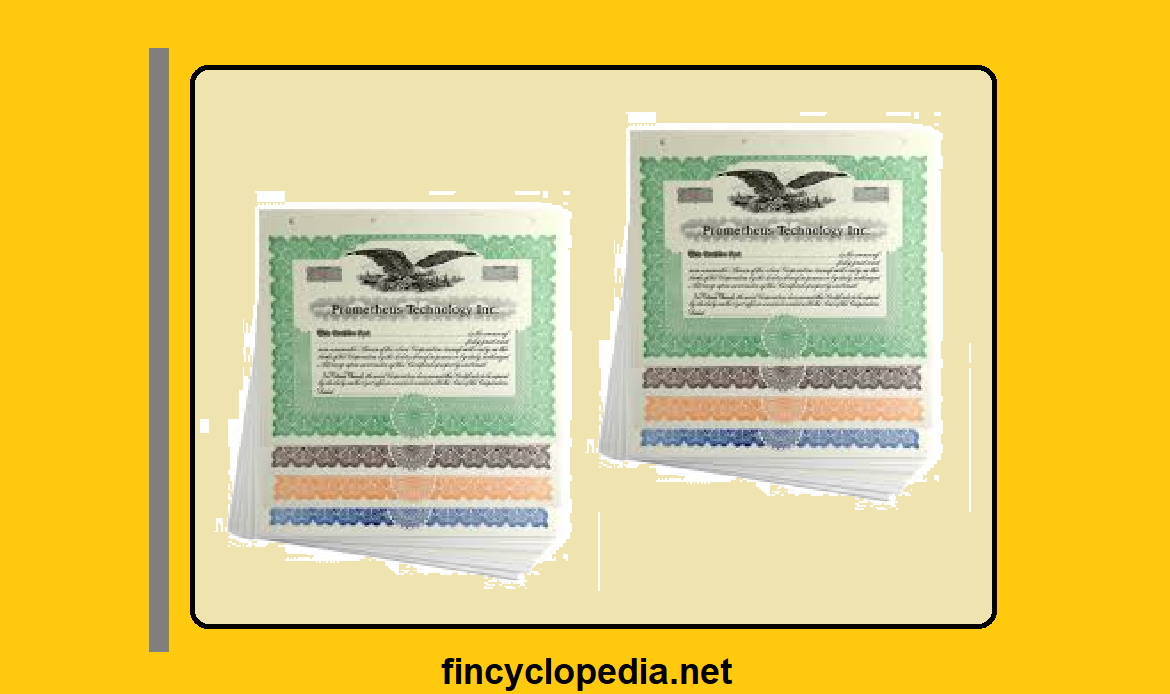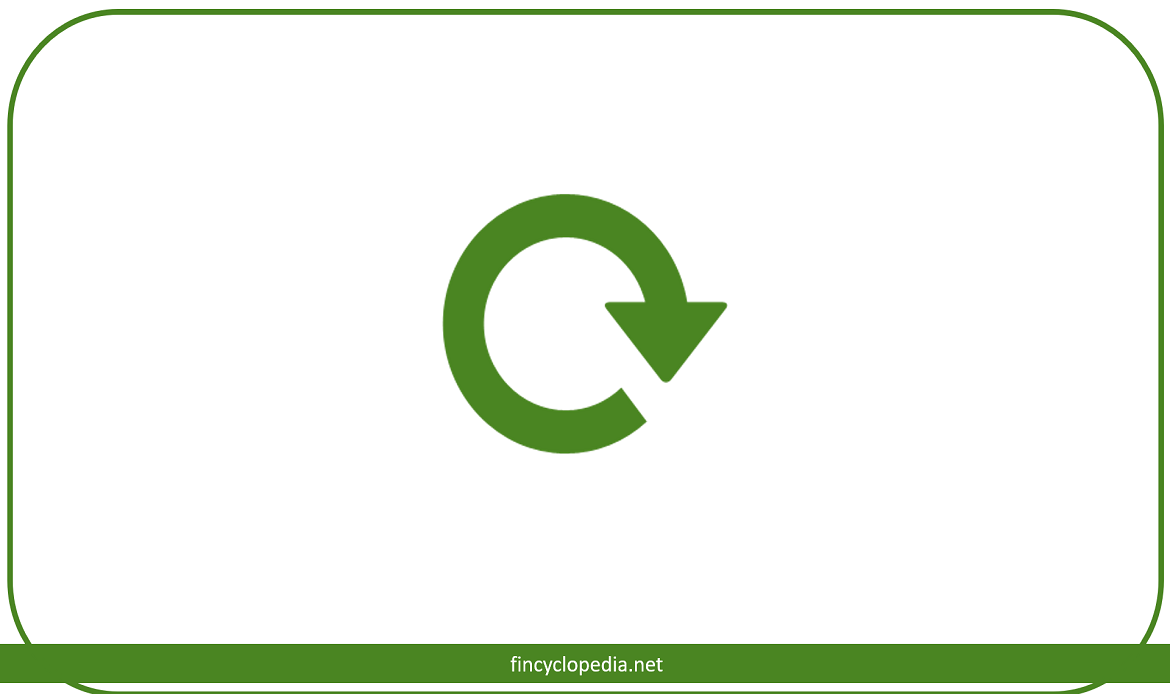An asset whose future performance is uncertain (in both directions, upward and downward). A risky asset exposes its holder (investor) to market risk in terms of volatility as to price, rate, returns, repayment of principal amount, etc. However, the exposure to market risk, in all its different types, entails attachment of risk premium to such an asset. Examples of risky assets include stocks (equities), corporate debt, structured financial products (SFP), non-agency mortgage-backed securities (MBS), asset-backed securities (ABS), etc.
Risky assets are also characterized by the existence of a credit risk and the possibility of experiencing price risks during periods of large selling volumes. The expected return on such assets cannot be less than the risk-free rate (RF) that safe or riskless assets bear. In other words, risky assets have higher average returns than riskless assets (due to the risk premium commensurate to the additional amount risk assumed by holders of risky assets).
Distinction between, and manipulation of the fraction allocated to, risky assets and risk-free assets (riskless assets) is the simplest way to control risk in a portfolio or a basket. This constitutes determination of the percentage of the portfolio invested in risk-free assets versus the percentage invested in the risky assets.





